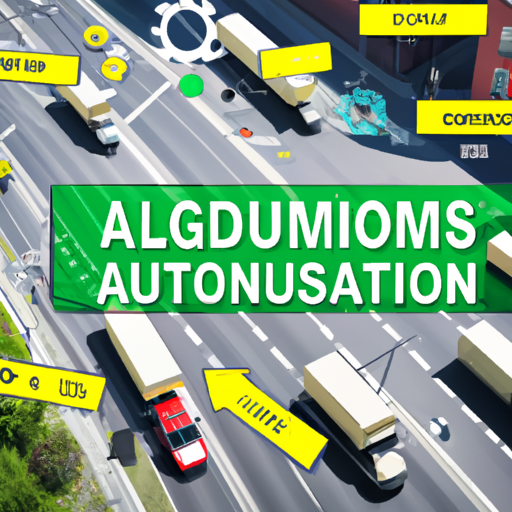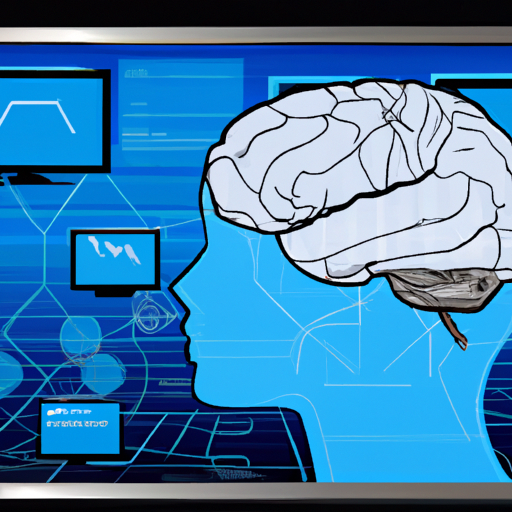As we dive deeper into 2023, edge computing is emerging as one of the most transformative technologies significantly impacting the data processing sector. This innovative approach allows data to be processed closer to its source, offering real-time analytics, reduced latency, and enhanced privacy.
Understanding Edge Computing
Edge computing refers to the practice of processing data at or near the source of data generation instead of relying entirely on a centralized data center. With the rise of the Internet of Things (IoT), the need for swift and efficient data handling has grown exponentially, making edge computing a cornerstone of numerous technological advancements.
Benefits of Edge Computing in 2023
- Reduced Latency: By processing data at the edge, businesses can significantly decrease response times, improving user experiences.
- Enhanced Security: Handling sensitive data nearer to the source reduces exposure risks, boosting your data security.
- Bandwidth Efficiency: Minimizing data throughput requirements helps in lowering operational costs and improving communication speeds.
- Real-Time Processing: Edge computing enables immediate data analysis, crucial for applications like autonomous vehicles and real-time monitoring systems.
Edge Computing and IoT: A Perfect Match
The increasing proliferation of IoT devices has led to a surge in data generation. Edge computing complements these devices by providing a robust solution for processing vast amounts of data swiftly. This synergy not only enhances operational efficiency but also empowers businesses to make data-driven decisions in real-time.
Future Trends in Edge Computing
As we move forward, we can expect several trends in edge computing to shape its landscape:
- Increased Adoption: More enterprises will adopt edge solutions to reduce latency and improve operational efficiency.
- AI and Machine Learning Integration: Combining AI with edge computing will facilitate smarter data processing and decision-making capabilities.
- 5G Rollout: The expansion of 5G networks will further accelerate edge computing adoption, enabling faster and more reliable data transmission.
Conclusion
Edge computing is undeniably reshaping the technological landscape in 2023. By enabling faster data processing and enhancing IoT applications, it is setting the stage for an innovative future where businesses can leverage data more effectively. As organizations continue to invest in edge computing, the implications for data security, operational efficiency, and customer experience will be profound.
Stay tuned for more updates on how edge computing is changing the way we think about data management and technology!




